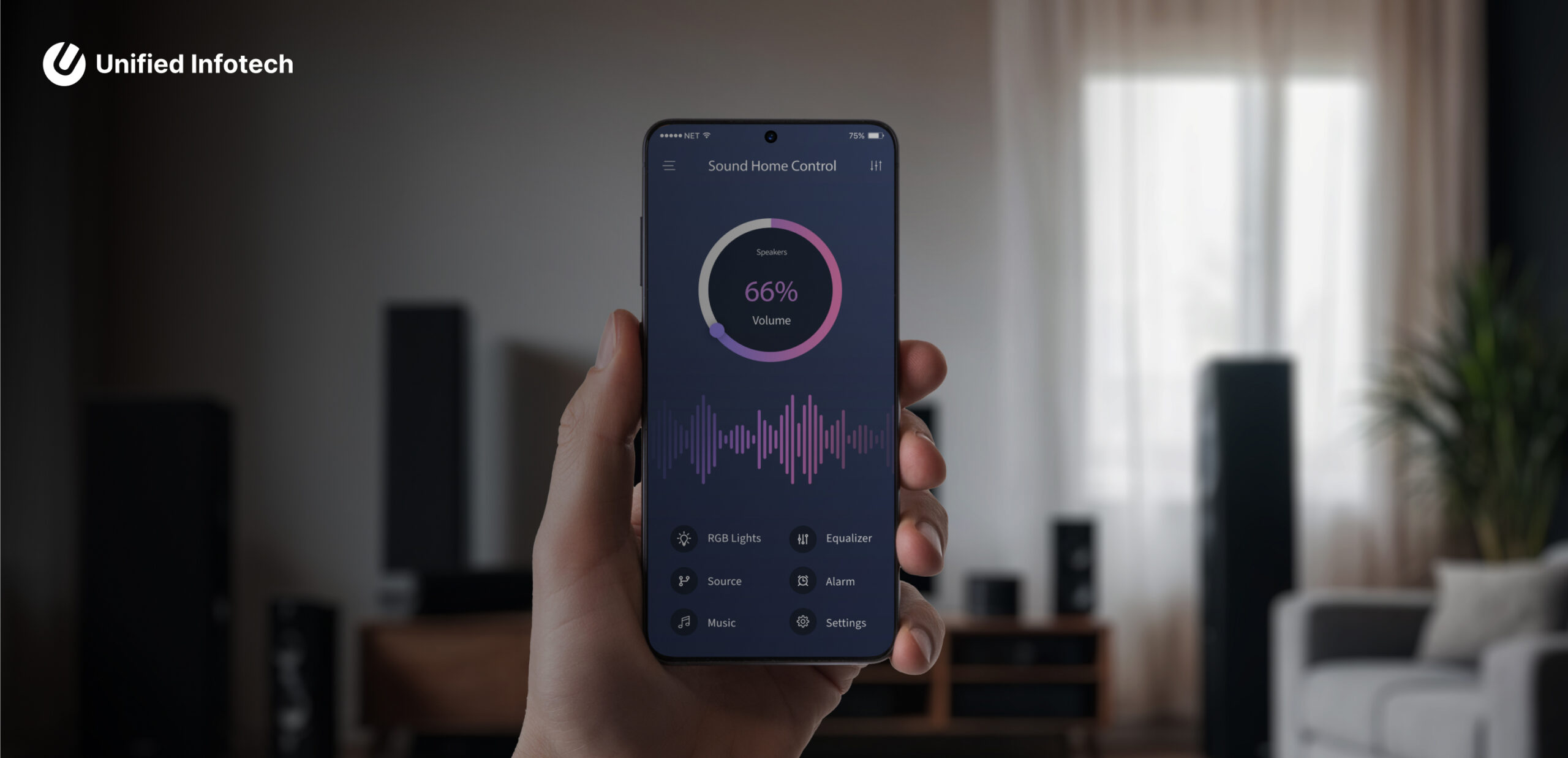
Site Search
5 Responsive Web Design Rules

Table of contents

Let's talk
Reach out, we'd love to hear from you!
As per a comScore report, 65 percent of the online traffic generates from mobile phones, while desktops are a secondary option for global internet users. Entrepreneurs now have to live up to the expectations of the customers, when it comes to offering them the best services. In other words, responsive web design plays a crucial role in establishing your business as a leading brand.
Seamless Design With Great Functionalities
We are so much addicted to using mobile phones in our daily lives that it has now become a habit for us to take its advantage for all purposes. Those days are gone when there were separate designs for separate mobile devices. Now, things have changed. The next generation wants everything within their fingertips. Here, comes the role of responsive web design. It offers a seamless solution to scroll through the website without causing any disturbance in web page view irrespective of the type of device one uses. It is a more systematic approach to present your website in the clearest manner possible.
Designers must understand that the viewing experience on a mobile phone is entirely different from the viewing experience on a desktop. One of the most basic reasons is the variation in the screen size. On the other hand, designing for mobile is not only confined within the limits of adjusting to screen resolution; in fact, it also includes resizing the images perfectly in sync with the screen sizes of various devices. Sensors or robotic might not make this possible, but an intelligent way of solving this can be the ultimate solution. Hence, the ‘one size fits all’ is what the concept of responsive is all about.
Any content on a website, including the images and pictures, are like water when it comes to responsive web design. With fluid grid concepts and media queries, anything present on the website quickly adopts itself with the devices. It depends on the user’s behavior and the environment for a web page. Hence, a user-centric approach is the best strategy for a seamless design. Today, a user often shifts between a mobile phone and a tablet. This shift includes a shift in the screen size and resolution. Hence, there is a need for a universal design, which can easily habituate itself with the required resolution.
To make your task easier, we present 5 simple responsive web design rules for better user experience.
Rule 1: Keep The Content Clear
Understand one mobile psychology – mobile users always use their device while on the go. They are always in a hurry to find the information they are looking for. As a designer, your task is to provide them the most convenient way of browsing. Avoid clutter on a page and allow the page to breathe. Think from a visitor’s point of view. Use either a call to action line or a highlighted text to focus on the most important part of the message. Remember, it’s always the small things, which matter the most to the users.
Rule 2: Make Fluid Layouts
Not every mobile phone has the same dimensions. As a designer, don’t get satisfied with a 320 width design. This is the most common dimension kept on a website. Do not confuse between the various website layouts. Always keep a fluid layout to give the best possible viewing experience to the visitors. You not only want to work it on a device but at the same time also want to make it look more attractive.
Rule 3: Touch-Based Design
Keyboard and mouse no more form a part of browsing a website. With a dominant market of mobile all over the world, the focus has shifted from click to touch. Design should focus on the touchpoints like buttons, forms or any other elements. They should not overlap with each other or with any other adjacent elements. Do not solely depend on touch points as many devices use styluses as well. Be ready to design for devices with numerous functionalities.
Rule 4: Use Less Images
Do you know that website speed and size of the images are the two most important factors that decide the performance level of a mobile website? Avoid applying fancy effects and putting gradients to all the images. Apply CSS techniques and see what works better with images. Remember, some CSS3 effects might not work the best in all mobiles.
Rule 5: Minimum Details On Forms
One of the most common problems on a website is the process of filling up long and complicated forms. Mobile screens with the size of 5mm can make it difficult for the user to locate the information. Hence, keep minimum fields for the user. You can also use the auto fill option as a default option to avoid misplacement in the forms. Apart from this, there’s also an option to show progress bars at the moment the users completes filling up the details in the form.
Always keep in mind that while it comes to responsive web design, the principle is to maintain the minimalism. Users tend to behave differently for iOS and Android. The best way is to research about your target audience and know their preference pattern. The check out process is something, which you should take utmost care. Studies show that visitors abandon a website due to a bad check out process experience. If you have an ‘Add to cart’ or an ‘Add to basket’ option, then make sure that the icon is clearly visible to the user.
As a premiere responsive web design company, we can help you to create user-centric mobile designs. All you have to do is send us an email with your requirements at [email protected].


